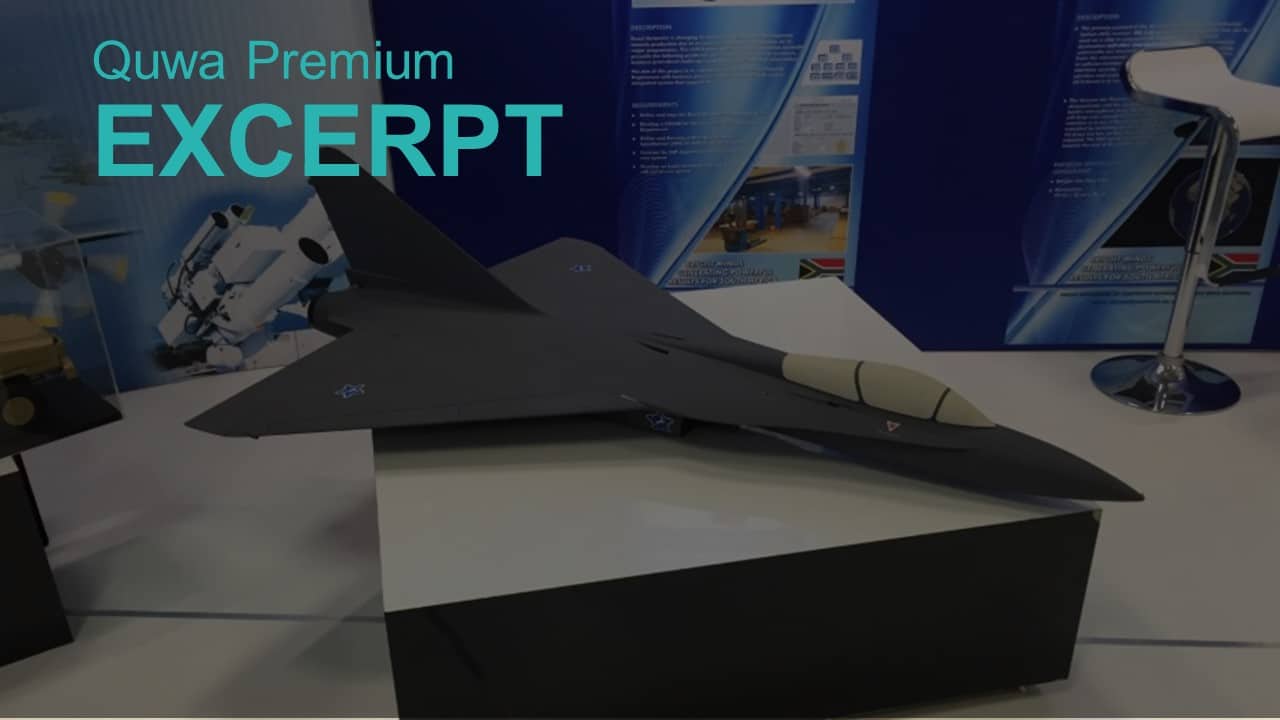1985Views

The Present and Future Threats to Pakistan’s Submarine Fleet
By 2028, the Pakistan Navy (PN) plans to operate three upgraded Khalid-class (Agosta 90B) and eight new Hangor-class (likely S26) air-independent propulsion (AIP) submarines. It is not only modernizing its fleet, but expanding its costlier AIP element by a factor of nearly 4X. The result will be a large sub-surface fleet capable of anti-ship warfare (AShW), anti-submarine warfare (ASW), and long-range land-attack missions.
In terms of sub-surface warfare, the PN’s forthcoming fleet will be a credible force. First, the submarines themselves will be equipped with contemporary subsystems and capabilities. The upgraded Agosta 90B, for example, will leverage soft-kill torpedo countermeasures, a new combat management system (CMS), an electronic support measures (ESM) suite with electronic intelligence (ELINT) capabilities, early warning capabilities through a radar warning receiver (RWR), and other features. Overall, these systems are about as advanced as Pakistan can acquire in the market. Second, the PN will benefit a quantitative element that was never available to it up to this point. Third, the PN is building a support element that will allow it to extract maximum utility from its submarines, such as its very-low-frequency (VLF) communications facility, which will allow it to communicate with its submerged submarines.
The PN’s submarines will not only be the bulk of its offensive capability – i.e., through the ability to launch land-attack cruise missiles (LACM), such as the Babur 3 – but its defensive element as well. Undoubtedly, the PN’s hope is to both deny India the ability to exert itself in Pakistan’s exclusive economic zone (EEZ), as well as undertake long-range strikes well away from Indian territory through stand-off range weapons (SOW). However, India is both aware of the PN’s goals, and, in turn, the Indian Navy (IN) is building perhaps one of the most extensive ASW capabilities in Asia, if not the world, to deter and erode Pakistan’s ‘Silent Service.’ The IN started this process through the induction of P-8A Poseidon long-range maritime patrol aircraft (LRMPA), but it is now adding newer P-8I Neptune variants as well as a large number of corvettes and, with time, a larger conventional submarine fleet to carry its own deterrence and offensive element.
Anti-Submarine Warfare is Not a Trivial Effort
Before delving into India’s ASW efforts, it is important to study the reality of ASW. Simply put, ASW is not an “easy” effort. In the Falklands War, for example, the Argentinean Navy showed that “a poorly manned, poorly maintained diesel submarine can have a tremendous effect on operations for a fleet commander.”[1] In other words, the presence of a submarine in a littoral environment is enough of a threat to force a large and adept navy to pause its campaign, e.g., imposing a maritime exclusion zone (MEZ). The reason for this is that a naval force commander will not put their assets at risk against, basically, an unknown variable[2]…
End of Excerpt (504/2,714 words)
You can read the complete article by logging in (click here) or subscribing to Quwa Premium (click here).
[1] Lt. Commander Jason C. Pittman. “Zone Defense – Anti-Submarine Warfare Strategy in the Age of Littoral Warfare.” U.S. Army Command and General Staff College. Fort Leavenworth. 12 December 2008. Page 14.
[2] Ibid. Page 14.


